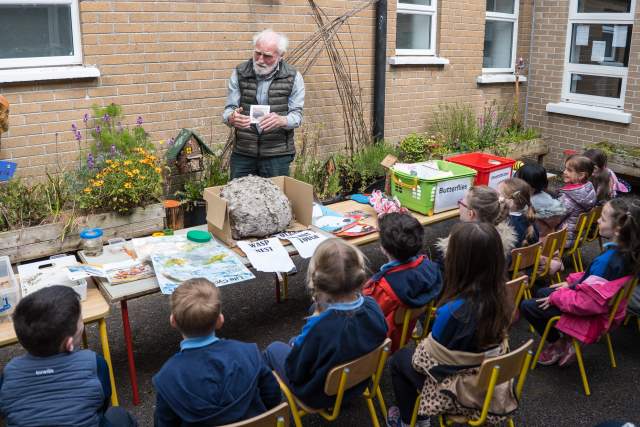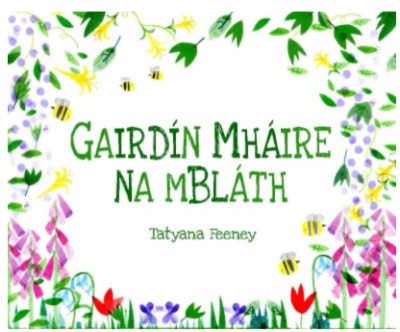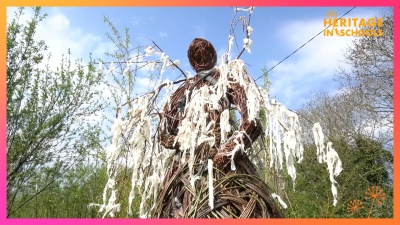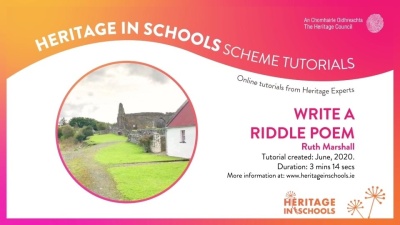Wonder Walking Trails
A series of self-guided walking trails nationwide for the National Institute of Architectural Heritage. Teachers and students can download the trails for free or access them in printed format from local libraries and heritage centres.
Read moreRead lessTrails currently available for Meath, Waterford, Limerick, Kilkenny, and Clare. Galway and Dublin will be added soon.
























